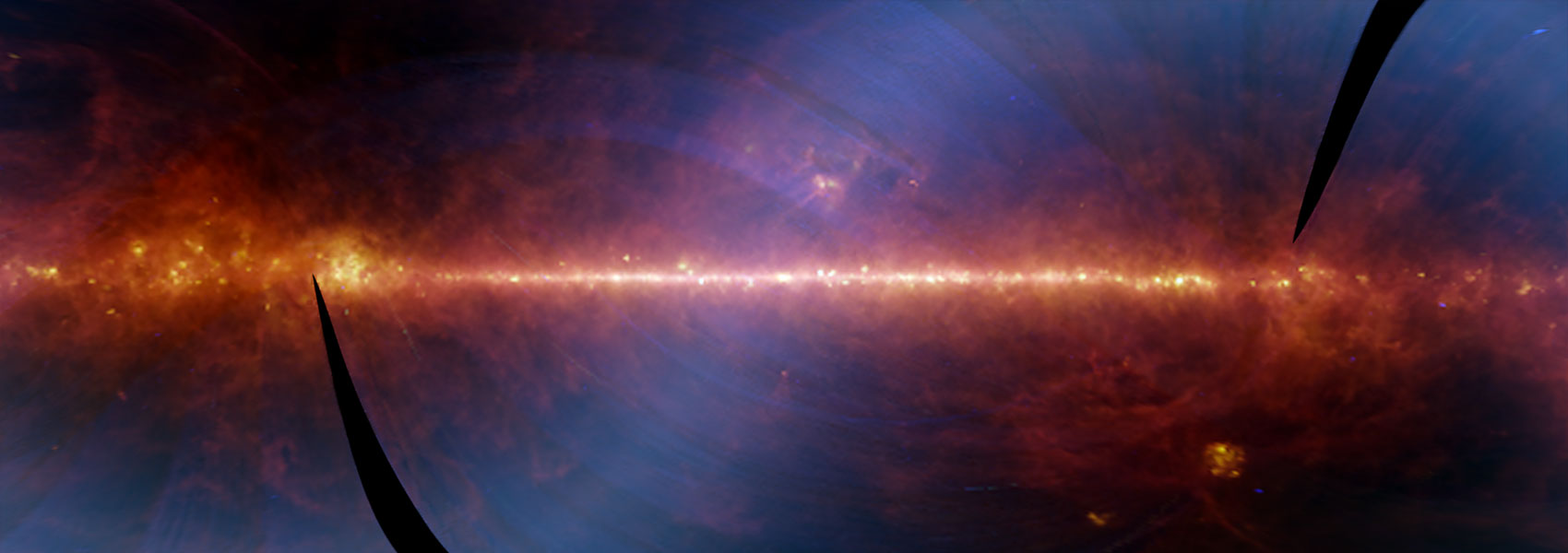February
2025
•
2025ApJ...979..250D
Authors
•
DeCoursey, Christa
•
Egami, Eiichi
•
Pierel, Justin D. R.
•
Sun, Fengwu
•
Rest, Armin
•
Coulter, David A.
•
Engesser, Michael
•
Siebert, Matthew R.
•
Hainline, Kevin N.
•
Johnson, Benjamin D.
•
Bunker, Andrew J.
•
Cargile, Phillip A.
•
Charlot, Stephane
•
Chen, Wenlei
•
Curti, Mirko
•
DeFour-Remy, Shea
•
Eisenstein, Daniel J.
•
Fox, Ori D.
•
Gezari, Suvi
•
Gomez, Sebastian
•
Jencson, Jacob
•
Joshi, Bhavin A.
•
Khairnar, Sanvi
•
Lyu, Jianwei
•
Maiolino, Roberto
•
Moriya, Takashi J.
•
Quimby, Robert M.
•
Rieke, George H.
•
Rieke, Marcia J.
•
Robertson, Brant
•
Shahbandeh, Melissa
•
Strolger, Louis-Gregory
•
Tacchella, Sandro
•
Wang, Qinan
•
Williams, Christina C.
•
Willmer, Christopher N. A.
•
Willott, Chris
•
Zenati, Yossef
Abstract
•
The JWST Advanced Deep Extragalactic Survey (JADES) is a multicycle JWST program that has taken among the deepest near- and mid-infrared images to date (down to ∼30 AB mag) over ∼25 arcmin2 in the GOODS-S field in two sets of observations with 1 yr of separation. This presented the first opportunity to systematically search for transients, mostly supernovae (SNe), out to z > 2. We found 79 SNe: 38 at z < 2, 23 at 2 < z < 3, 8 at 3 < z < 4, 7 at 4 < z < 5, and 3 with undetermined redshifts, where the redshifts are predominantly based on spectroscopic or highly reliable JADES photometric redshifts of the host galaxies. At this depth, the detection rate is ∼1–2 arcmin–2 yr–1, demonstrating the power of JWST as an SN discovery machine. We also conducted multiband follow-up NIRCam observations of a subset of the SNe to better constrain their light curves and classify their types. Here, we present the survey, sample, search parameters, spectral energy distributions, light curves, and classifications. Even at z ≥ 2, the NIRCam data quality is high enough to allow SN classification via multiepoch light-curve fitting with confidence. The multiepoch SN sample includes a Type Ia SN at z spec = 2.90, a Type IIP SN at z spec = 3.61, and a Type Ic-BL SN at z spec = 2.83. We also found that two z ∼ 16 galaxy candidates from the first imaging epoch were actually transients that faded in the second epoch, illustrating the possibility that moderate/high-redshift SNe could mimic high-redshift dropout galaxies.
Links



